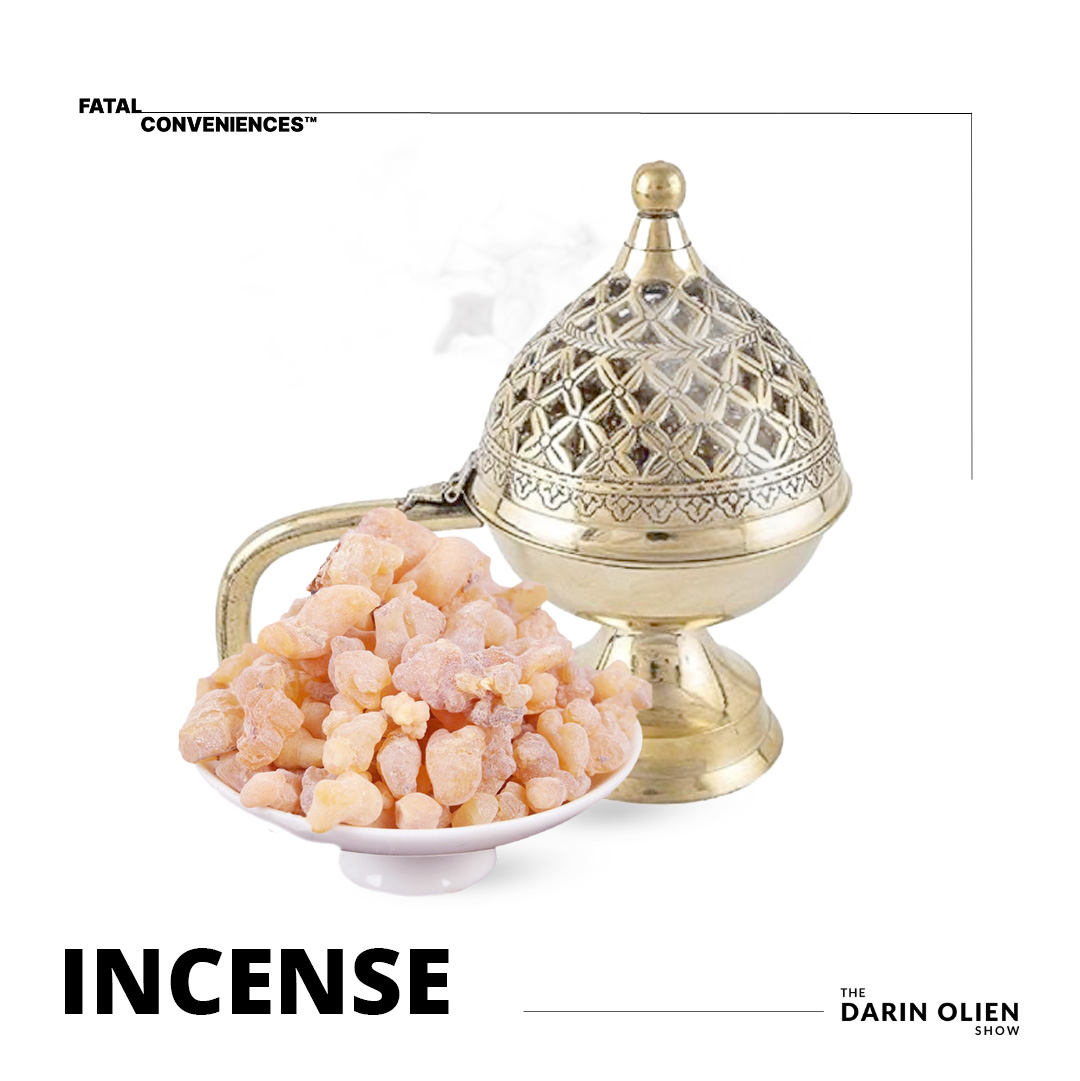Published: June 1, 2023, 11 a.m.
b'
Burning incense or resins has been a common practice among almost all ancient civilizations in the preservation of tombs, spiritual healing, and ceremonies. But\\u2026the commercialization of incense has led to incense no longer being what they once were\\u2026
\\xa0
Did you know, incense contains 35% fragrances\\u2026and you know what\\u2019s hiding under the fragrance label? Chemicals linked to cancer, hormonal imbalances, endocrine disruption, birth defects and reproductive problems.\\xa0
\\xa0
Plus, burning incense can emit benzene, toluene and other volatile organic compounds deteriorating the environment.\\xa0
\\xa0
This is only skimming the surface and why we\\u2019re about to explore the fatal convenience of incense.\\xa0
\\xa0
\\xa0
What we discuss:
\\xa0
03:55: What is the history of incense?
05:32: What are my favourite incenses?
06:01: Where does incense come from?
06:33: How are incense made?
07:56: What are the dangers of incense?
09:10: What can you use instead?
\\xa0
\\xa0
Reliable Sources where you can learn more:
\\xa0
\\xa0
\\xa0
Thank you to our sponsors:
\\xa0
\\xa0
\\xa0
\\xa0
Find more from Darin:
\\xa0
'

